Video art
Cyanide

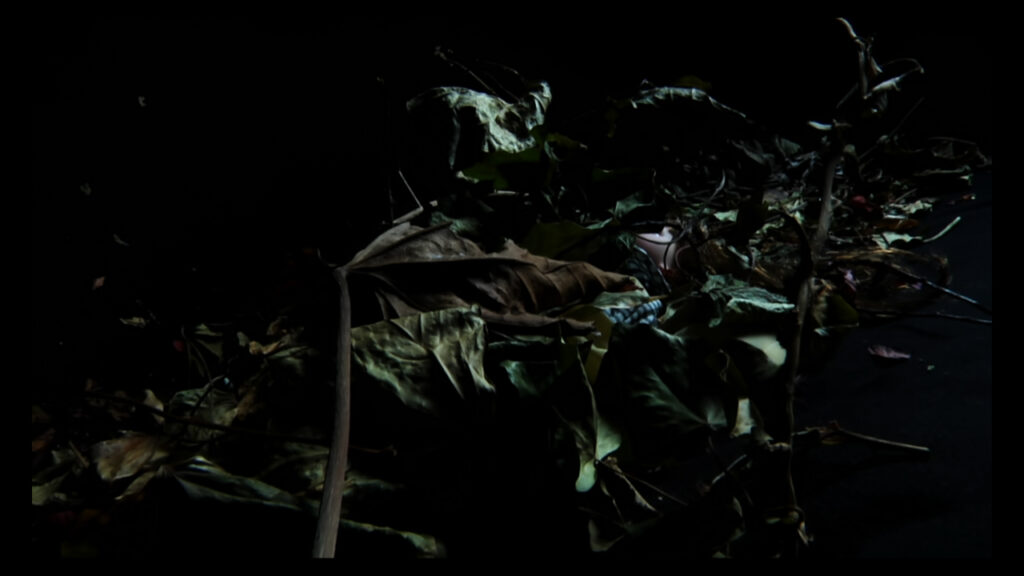
Rain
…
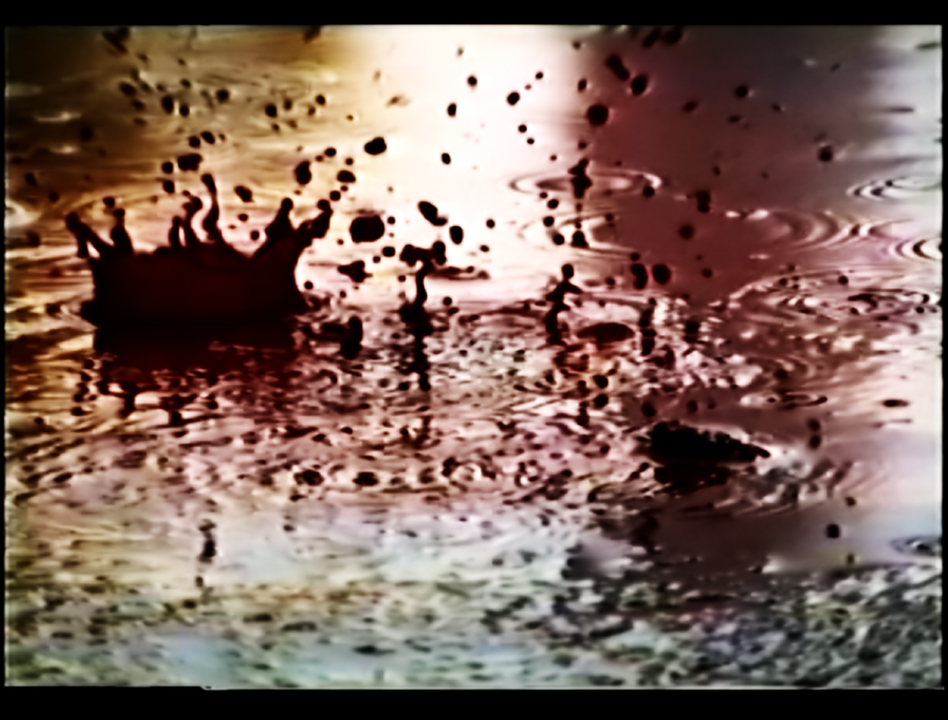
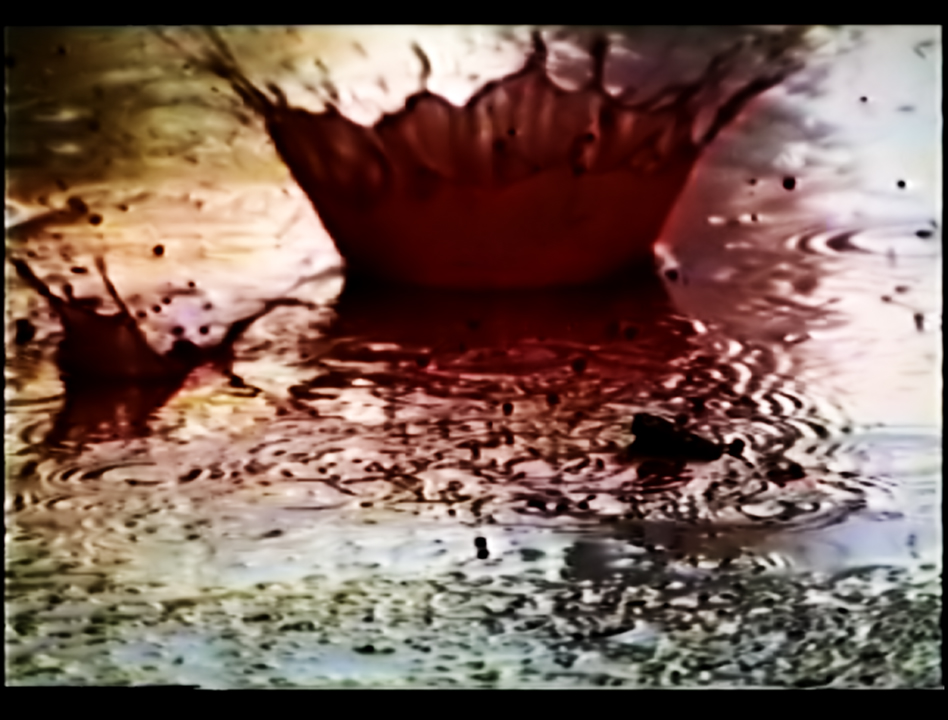
…
Checkered Tunnel
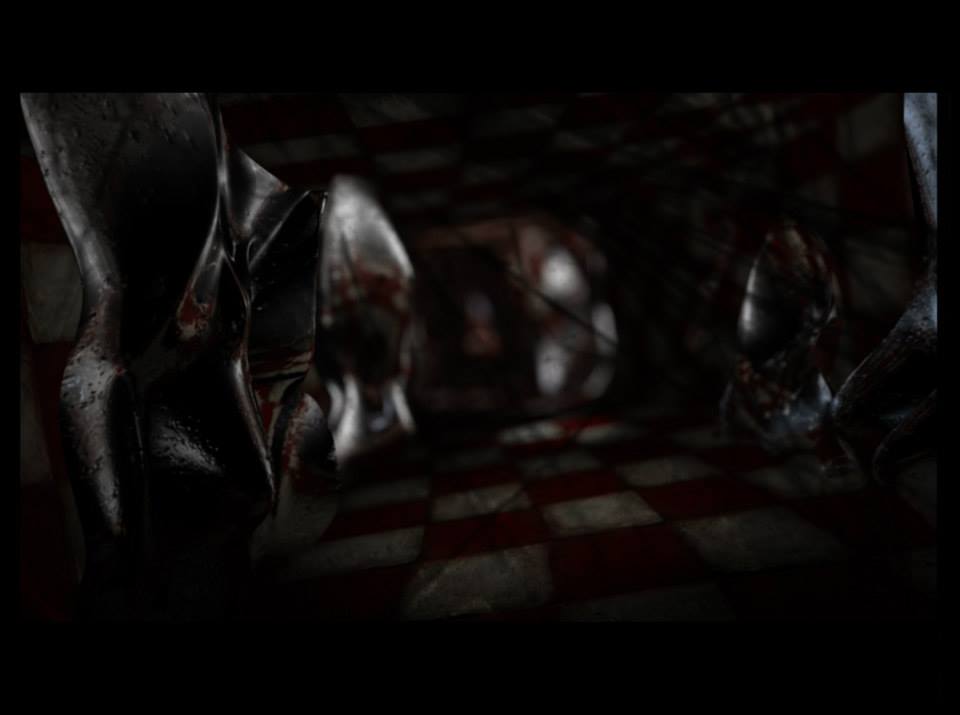
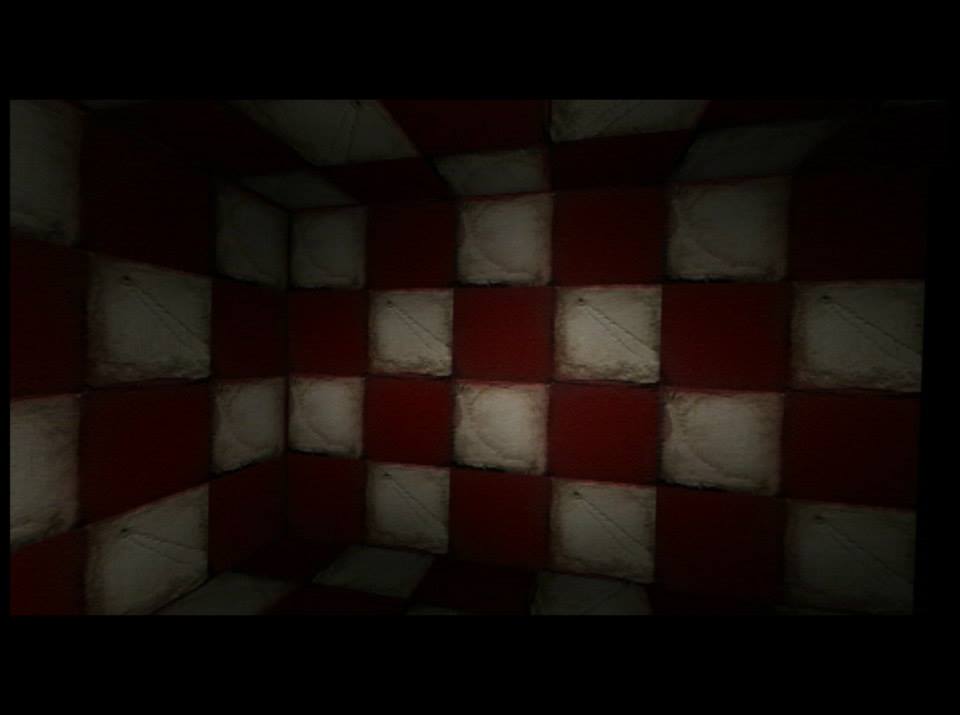
…
Reptilica
…
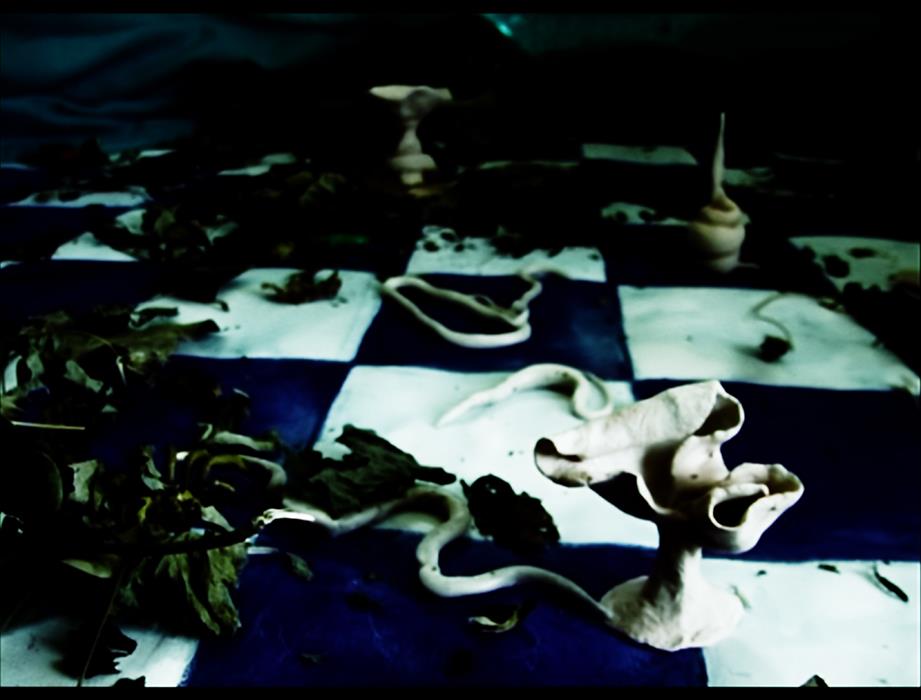
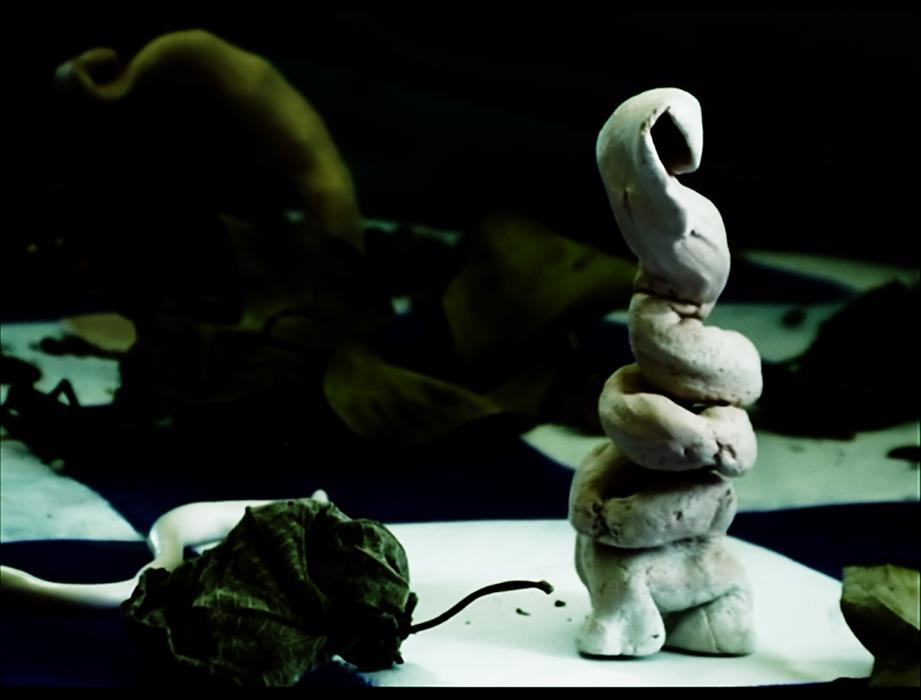
…
…
Barbara Agreste’s Video Art
The Disquieting Cinema of Barbara Agreste
Barbara Agreste’s video art unfolds as a suite of short, surreal films—meticulously crafted in high-resolution digital formats, and scored entirely with her own sound compositions. These are not simply moving images, but dense visual poems: labyrinthine, disorienting, and darkly alluring.
Agreste constructs hallucinatory environments where perception is continually undermined. Checkerboard floors stretch into infinity, optical illusions twist spatial logic, and viewers are drawn into a succession of ambiguous, often sinister encounters. Each frame resists stillness; it pulses with movement and visual interference—overlays of petals, insects, strands of hair, ink blotches, and even traces of blood or bleach flit across the screen like ghosts on celluloid. The screen becomes a living membrane, animated with textures that obscure, disrupt, and reframe what lies beneath.
A recurring motif in her work is the worm—an unsettling symbol that slithers through nearly all her films. Nowhere is this more apparent than in Reptilica, where worms function not only as visceral imagery but as metaphors for the female body. For Agreste, femininity is not static but a generative, shifting force—unconscious, fertile, and at times monstrous. These worms evoke distorted umbilical cords, tendrils of origin and confinement, slipping through cracks and crevices, escaping visibility, resisting capture. They are birth and threat in equal measure.
There is an ever-present tension in Agreste’s films: the spectator senses they are not alone. Shapes flicker at the periphery, spectral forms flit just out of reach. Her cinema toys with presence and absence, taunt viewers with glimpses of sentient patterns—tricksters, ghosts, and shadows without origin. The experience becomes both voyeuristic and paranoid, as if the films themselves are watching you back.
In Rain, the artist abandons subtle symbolism in favor of visceral confrontation. Here, the imagery becomes almost unbearable: blood falls relentlessly from the sky, soaking a vegetative landscape in suffering. The dreamlike atmosphere of her earlier works gives way to something raw, corporeal, and irreversible. Rain is a meditation on violence, grief, and environmental agony—haunting in its brutal honesty.
Agreste’s cinema offers no clear narrative, no neat resolution. Instead, it is a sensory excavation—of body, psyche, and medium. Her films are deeply corporeal, yet disembodied; intimate, yet opaque. In this tension lies their power. They demand attention not just as artworks, but as fever dreams, rituals, and psychological labyrinths.
The Tower Trilogy
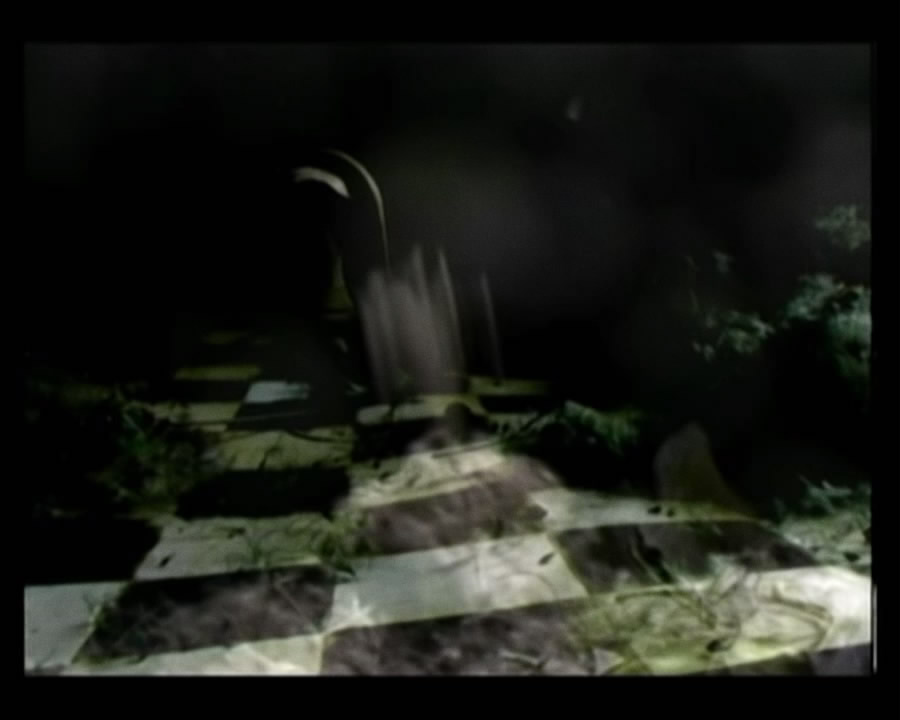
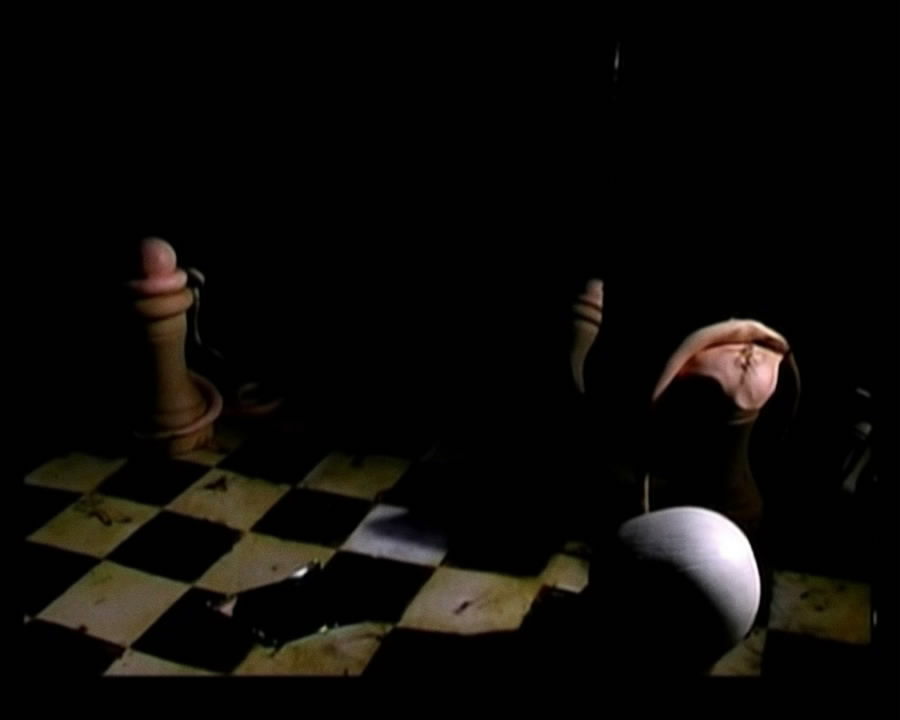
16 mm
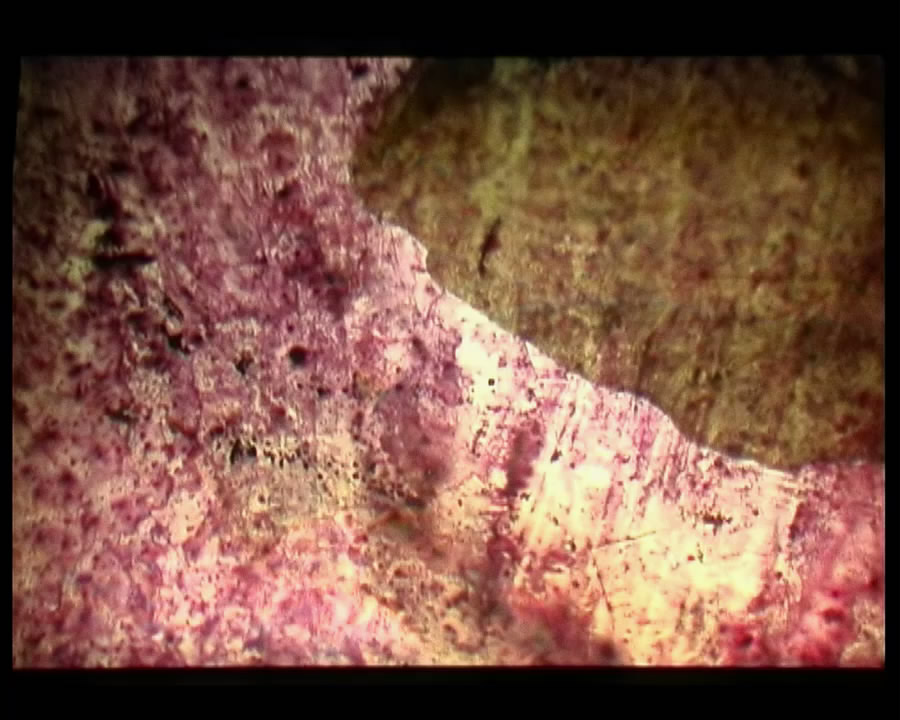
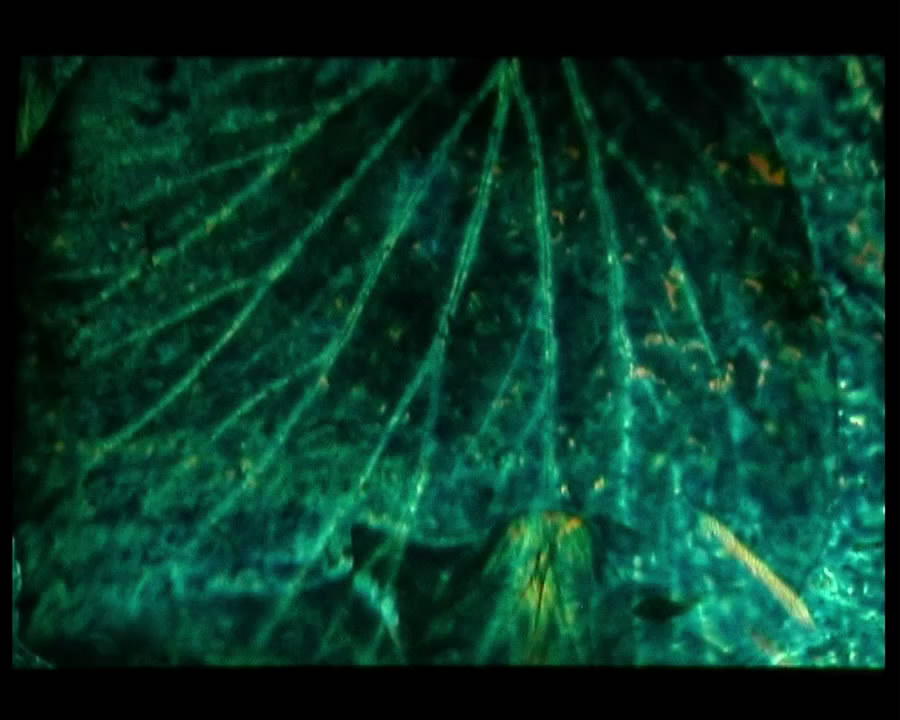
All sound in these artworks was conceived and produced by Barbara Agreste.